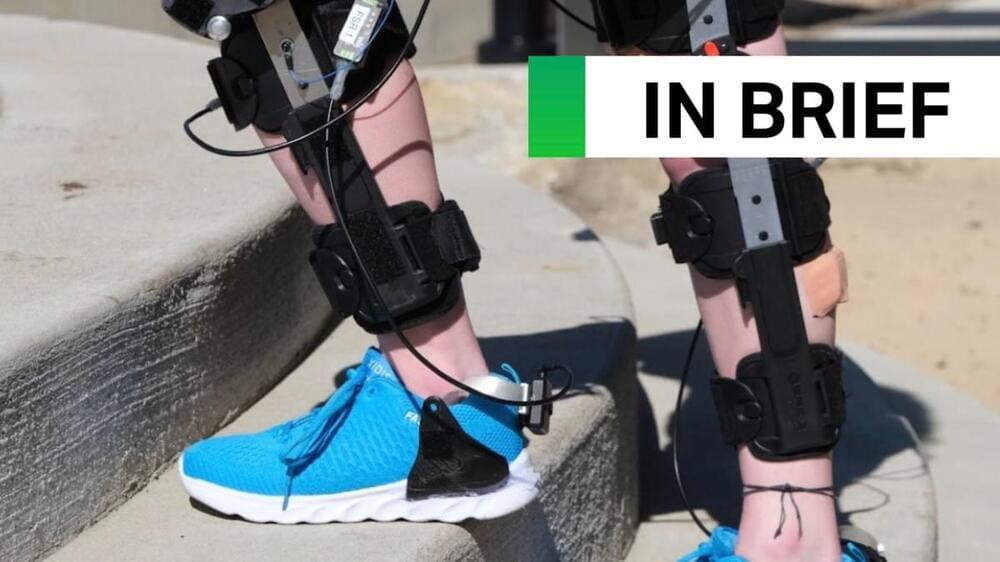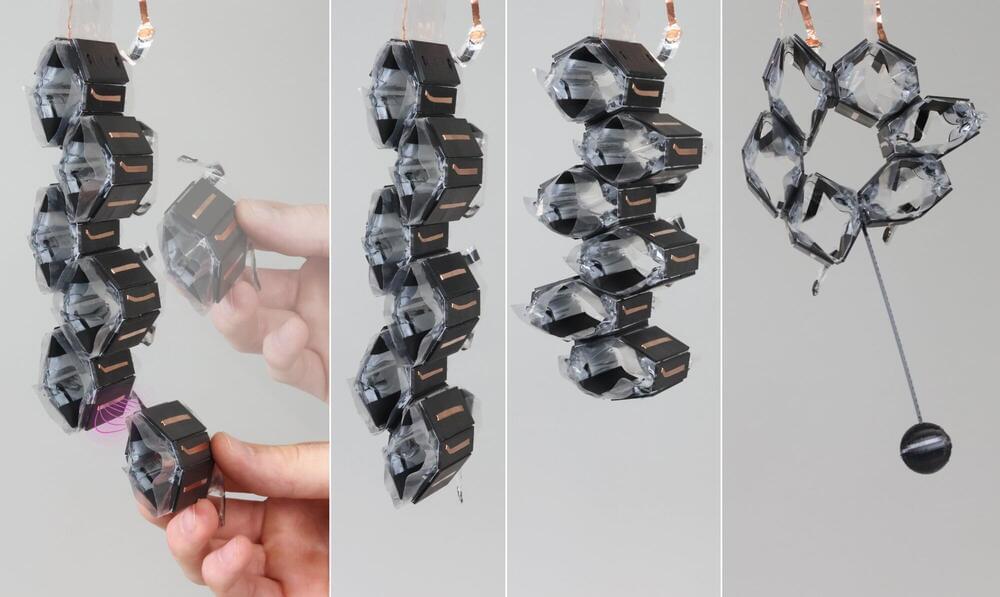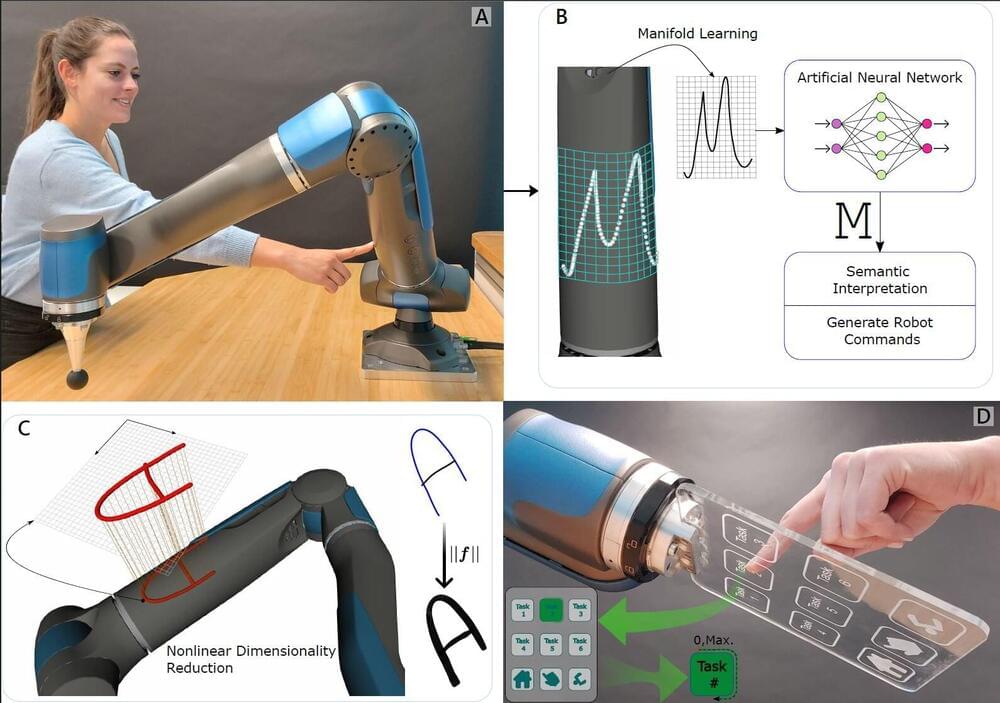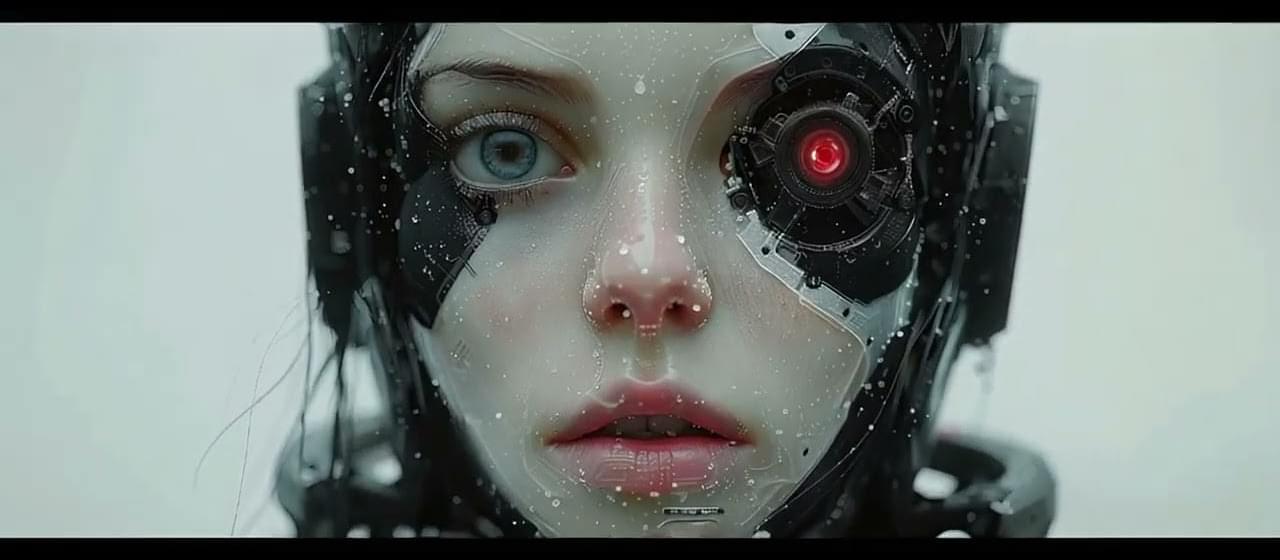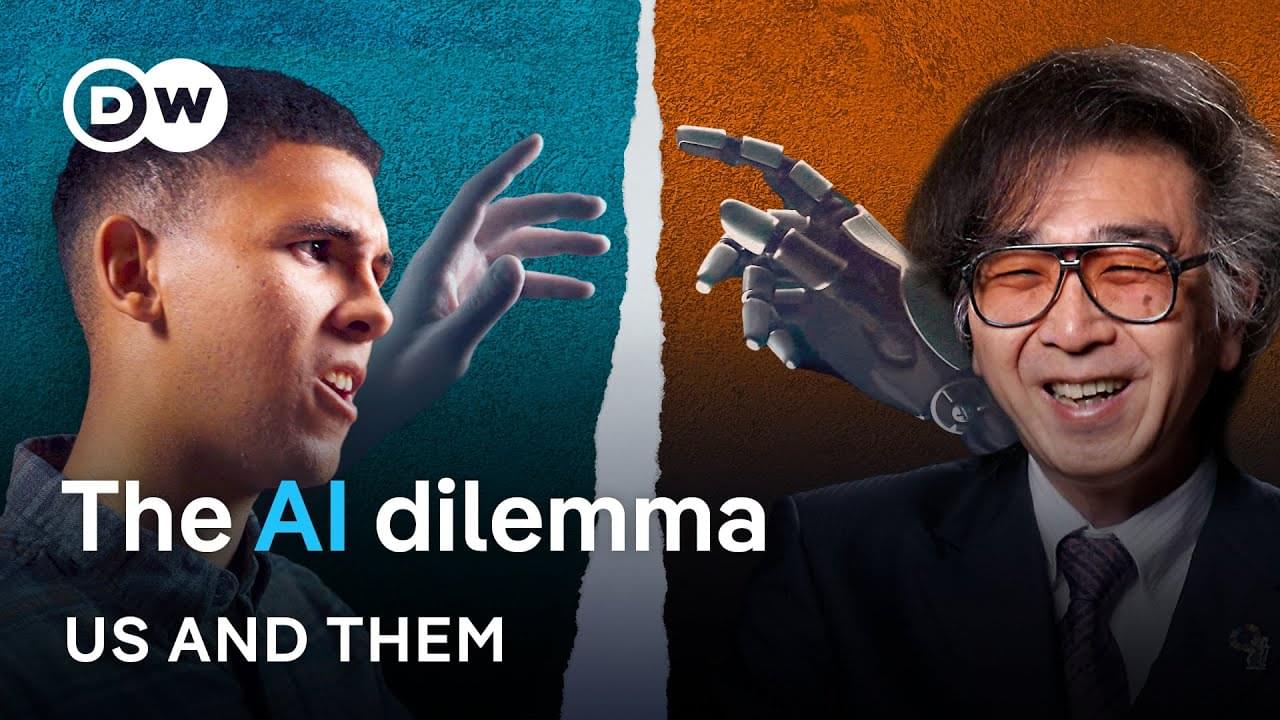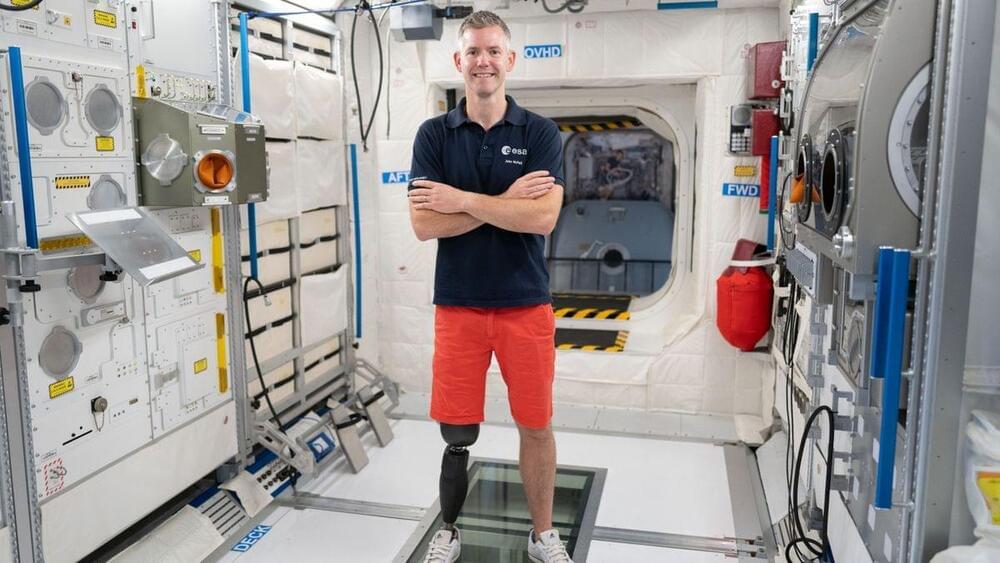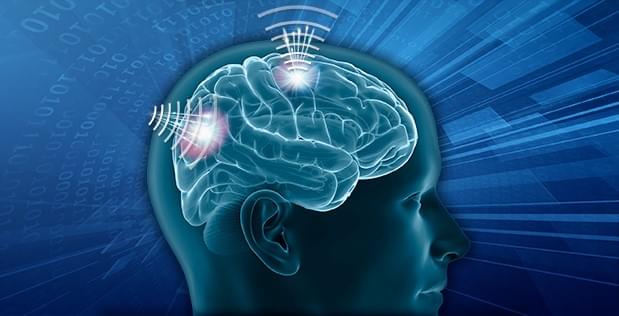Robotic exoskeletons are an increasingly popular method for assisting human labor in the workplace. Those that specifically support the back, however, can result in bad lifting form by the wearer. To combat this, researchers at the University of Michigan have built a pair of robot knee exoskeletons, using commercially available drone motors and knee braces.
“Rather than directly bracing the back and giving up on proper lifting form,” U-M professor Robert Gregg notes, “we strengthen the legs to maintain it.”
Test subjects were required to move a 30-pound kettlebell up and down a flight of stairs. Researchers note that the tech helped them maintain good lifting form, while lifting more quickly.
